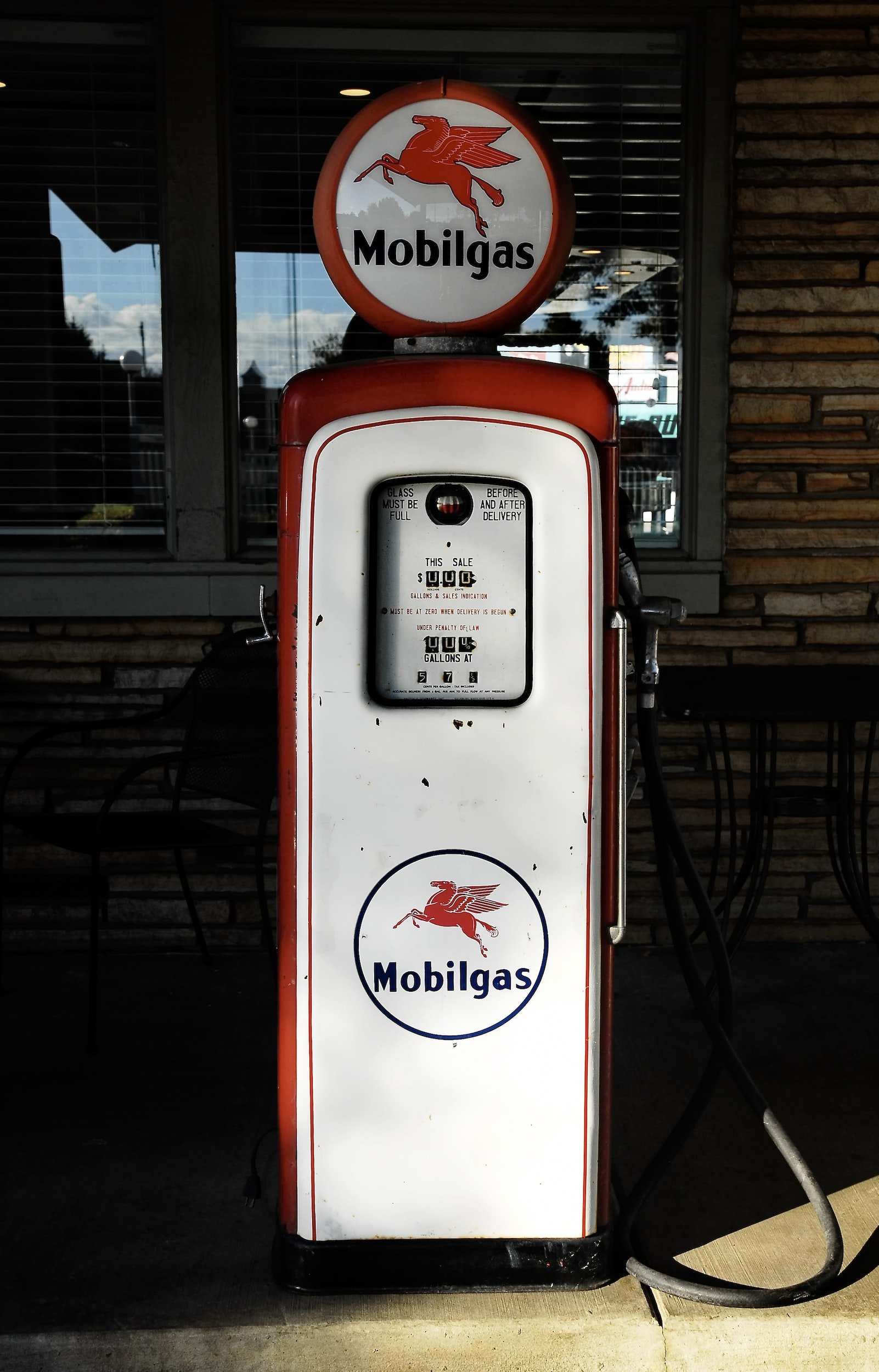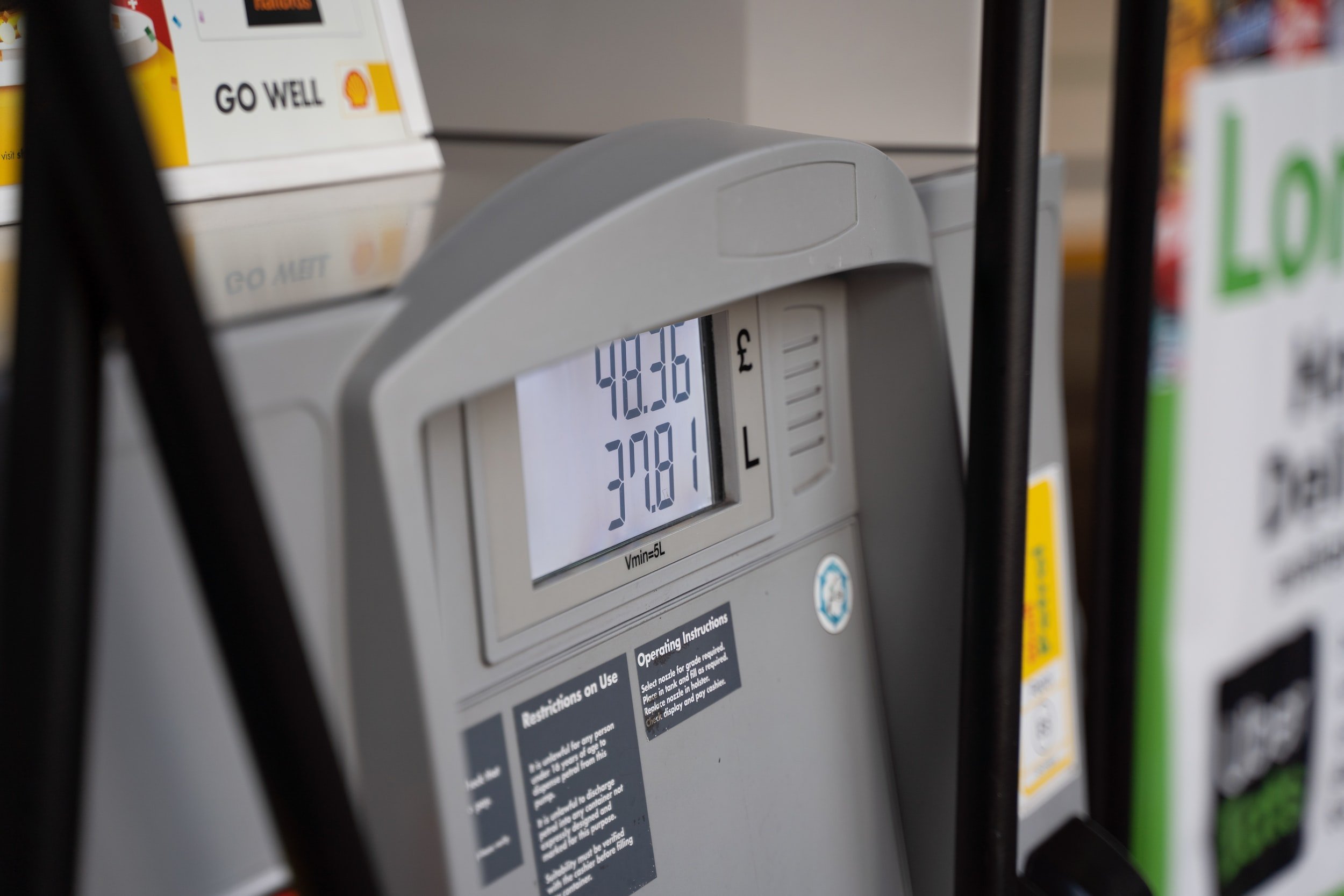By: Greg Jackson, Staff Member
A. Overview of Litigation:
Litigation concerning stormwater runoff from the Sam Downs Road and Trask River Road began in September of 2006 when the Northwest Environmental Defense Center ("NEDC") filed a citizen suit, under Section 505 of the Clean Water Act ("CWA"), alleging various CWA violations by a number of private and public defendants.[1] The District Court dismissed the action for failure to state a claim, but was reversed on appeal by the Ninth Circuit.[2] According to the appeals court, sections of the Sam Downs Road and Trask River Road were subject to National Pollution Discharge Elimination Systems ("NPDES") permitting under Section 402 of the CWA.[3]
Following the Ninth Circuit decision, Doug Decker, who replaced Marvin Brown as the Oregon State Forester in 2011, and Georgia-Pacific West, Incorporate, one of the private defendants, appealed to the United States Supreme Court.[4] The Supreme Court granted both writs for certiorari, consolidating the cases and allotting one hour of oral argument.[5] Unfortunately, however, the Friday following oral arguments, the Environmental Protection Agency ("EPA") issued revisions to its stormwater regulations designed to clarify that NPDES permits were not required for stormwater discharges from logging roads.[6] Both the parties and the Supreme Court were aware of the impending revisions prior to oral arguments, and, as a result, arguments focused on the proper action the Supreme Court should now take rather than the merits of the case.[7]
Additionally, the NEDC filed a challenge to the new regulation on January 4th, pursuant to Section 509(b) of the Federal Water Pollution Control Act, the Administrative Procedure Act, and Federal Rule of Appellate Procedure 15(a).[8] While this appears to complicate things further, the petition is merely protective and expressly designed to preserve a challenge to the revision if the Supreme Court determines the final rule is subject to challenge in a court of appeals under 33 U.S.C. § 1369(b)(1).[9] Therefore, the challenge only serves to ensure NEDC an avenue to challenge the revised regulation and should not have a significant impact at this time.
B. Oral Argument: Jeffery L. Fisher, On Behalf of the Respondent (NEDC)
According to Fisher, "in light of recent events, ... the most appropriate course for [the Court was] ... to just simply dismiss [the] ... case as improvidently granted."[10] He argued that under the present circumstances there would be three strong reasons to deny any petition for writ of certiorari.[11] First, the EPA believes its revisions of the rule have undercut the Ninth Circuit's decision.[12] Second, "the case is interlocutory in posture ... we are just on a reversal of a motion to dismiss."[13] Finally, every argument left in the case, including mootness, can effectively be heard on remand and later appealed back to the Supreme Court.[14] Furthermore, Fisher wondered why the Court "would want to touch all this in the first instance, particularly without supplemental briefing" when dismissing and remanding the case would allow the Ninth Circuit to address all the arguments on the revision first.[15]
Perceptively, Chief Justice Roberts pointed out the potential for monetary relief upon dismissal and remand to the Ninth Circuit.[16]
C. Money Motivating NEDC's Action
While Fisher correctly identified the Supreme Court's best course as sending the current case back to the Ninth Circuit, Chief Justice Roberts' comment on the monetary relief is very revealing. It highlights NEDC's true motivation for continuing the current case.
When the EPA issued its revision, NEDC had three options. First, NEDC could view the new regulation as rendering any further action futile and completely drop the suit. Second, the group could solely pursue a challenge action, which it filed in January. Third, NEDC could continue to prosecute the current litigation in hopes of eventually realizing a favorable ruling on the merits.
Both option two and option three allow the NEDC to remain dedicated "to the protection of the environment and natural resources of the Pacific Northwest," its stated goal.[17] The main difference between each option is, however, NEDC's ability to preserve the potential realization of its requested relief, namely a monetary award. In its complaint, NEDC requested, along with equitable relief, civil penalties and costs.[18] Pursuant to the CWA, plaintiffs prosecuting citizen suits may be awarded litigation costs, including reasonable attorneys' fees, if they prevail or substantially prevail in the action.[19] Additionally, the CWA allows an award of civil penalties, not to exceed $25,000 per day per violation, payable to the United States Treasury.[20] Consequently, in order for NEDC to recoup any of its costs in this action from the private defendants, it must prevail in the current action. This seems to play a substantial role in NEDC's decision to pursue option three.[21]
1. Dropping All Legal Action
By dropping all legal action aimed at NPDES permitting for logging roads, NEDC would not long be working to protect the environment or the Pacific West's natural resources.[22] Instead, the private defendants would continue the alleged violations of the CWA and potential negative impacts on the environment.[23] Additionally, without any suit against the private defendants, the recovery litigation costs or assessment of civil penalties would be impossible.[24]
2. Solely Challenging the New Regulation
Here, NEDC would drop the litigation pending before the Supreme Court and only prosecute its filed challenge to the new EPA rule in the Ninth Circuit.[25] This would allow NEDC to continue fighting to protect the environment, but the only compensation available would be litigation costs of the challenge action.[26] Civil penalties could, however, still be assessed against the private defendants if a similar suit was refiled after a successful challenge. At first glance, this appears an unnecessary bifurcation of the issues, but the current action is an interlocutory appeal of a Rule 12(b)(6) motion to dismiss.[27] Thus, even if NEDC prevails in the current appeal and the logging roads are subject to NPDES permitting, a court would still need to determine and award the appropriate penalties and costs.[28] Therefore, two steps are required for NEDC to recover an award in the current litigation, and the litigation costs of the current action is the only real loss imposed by solely pursuing the challenge. Furthermore, considering the complexity of the current appeal, particularly with respect to jurisdiction, pursuing a challenge then refiling would likely be cleaner, if not simpler.[29]
3. Continuing the Current Action
NEDC has chosen to pursue the current action before the Supreme Court.[30] The action will either be dismissed and remanded, as NEDC requested at oral arguments, or ruled on the merits.[31] If the Supreme Court follows NEDC's recommendation and dismisses the suit as improvidently granted, remanding it to the Ninth Circuit, the private defendants will remain involved in the litigation.[32] Consequently, the potential for monetary recovery would also remain, and NEDC could recover its litigation costs and have civil penalties assessed, following a favorable merits ruling. Similarly, if the Supreme Court rules in NEDC's favor on the merits, the group should eventually realize its requested relief, including penalties and costs. If, however, the Court finds for Petitioners, no relief will be possible because NEDC would not have prevailed.[33] In any event, this option keeps potential litigation cost reimbursement alive, unlike the other two.
D. Conclusion
As demonstrated above, continuing to pursue the current litigation is NEDC's only avenue to recover its costs.[34] While completely dropping the suit will not promote any of NEDC's goals, solely pursuing the challenge before the Ninth Circuit would.[35] It allows the group to protect the environment and the Pacific West's natural resources, and, through another lawsuit, could result in receiving the requested relief.[36] Furthermore, given the current appeal's interlocutory nature, this bifurcated approach would not produce any greater litigation.[37] In fact, this option may clear up some complex issues, such as jurisdiction, and lead to cleaner litigation.[38] Instead, however, NEDC has chosen to continue the current appeal, notably the only option for recouping its litigation costs.[39] Thus, a substantial factor in NEDC's decision to continue litigating the action currently before the Supreme Court appears to be monetary. Instead of taking the simpler challenge routes, the group has chosen to unnecessarily prolong complex litigation in hopes of forcing its opponent to foot mounting legal bills. This clear evidence of greed is certainly an uncomfortable reality for an environmental group who would likely be quick to condemn the corporate defendants as malicious profiteers, selfishly subjecting the environment for their own personal gain.
____________________
[1] 33 U.S.C. §1365; First Amended Complaint, Northwest Environmental Defense Center v. Brown, 476 F.Supp.2d 1188 (2007) (No. 06-1270-KI), 2006 WL 3241715.
[2] Northwest Environmental Defense Center v. Brown, 640 F.3d 1063, 1068 (9th Cir. 2011),
cert
granted
, Decker v. Northwest Environmental Defense Center, 133 S.Ct. 22, 133 S.Ct. 23 (2012).
[3] 33 U.S.C. § 1342; Brown, 640 F.3d at 1070, 1087.
[4] Petition for Writ of Certiorari, Decker v. Northwest Environmental Defense Center, 640 F.3 1063 (9th Cir. 2011) (No. 11-338), 2011 WL 4352279 (U.S.); Petition for Writ of Certiorari, Georgia-Pacific West, Inc. v. Northwest Environmental Defense Center, 640 F.3d 1063 (9th Cir. 2011) (No. 11-347), 2011 WL 4352287 (U.S.);
Doug Decker Selected as New Organ State Forester
,
Oregon Department of Forestry,
http://www.oregon.gov/ODF/Pages/newsroom/newsrelease/2011/NR1105.aspx (last visited Jan. 11, 2013).
[5] Decker v. Northwest Environmental Defense Center, 133 S.Ct. 22 (2012); Georgia-Pacific West, Inc. v. Northwest Environmental Defense Center, 133 S.Ct. 23 (2012).
[6] Revisions to Stormwater Regulations To Clarify That an NPDES Permit Is Not Required for Stormwater Discharges From Logging Roads, 77 F.R. 72970-01 (2012).
[7]
See
Oral Argument Transcript, Decker v. Northwest Environmental Defense Center, (Nos. 11-338, 11-347),
available at
http://www.supremecourt.gov/oral/_arguments/arguments_transcripts/11-338.pdf.
[8] 33 U.S.C. §1396(b); 5 U.S.C. §551;
Fed. R. App. P.
15(a); Petition for Review and Corporate Disclosure Statement, Northwest Environmental Defense Center v. Jackson, No. 13-70057, at 2 (9th Cir. 2013),
available at
http://environblog.jenner.com/files/click-here-10.pdf.
[9] 33 U.S.C. § 1369(b)(1) (requiring challenges to regulations promulgated under the CWA to be challenged within 120 days of signing by the EPA Administrator);
Id.
at 3.
[10] Oral Argument Transcript,
supra
note 270 at 28:24-29:2.
[11] Oral Argument Transcript, Decker v. Northwest Environmental Defense Center, (Nos. 11-338, 11-347) at 29:3-7,
available at
http://www.supremecourt.gov/oral/_arguments/arguments_transcripts/11-338.pdf.
[12] Oral Argument Transcript,
supra
note 11 at 29:7-10.
[13] Oral Argument Transcript,
supra
note 11 at 29:11-13.
[14] Oral Argument Transcript,
supra
note 11 at 29:13-21.
[15] Oral Argument Transcript,
supra
note 11 at 39:22-40:1.
[16] Oral Argument Transcript,
supra
note 11 at 29:22-30:2.
[17]
Lewis & Clark Law School: Northwest Environmental Defense Center,
https://law.lclark.edu/centers/northwest_environmental_defense_center/about_nedc/ (last visited Jan. 20, 2013).
[18] First Amended Complaint at VII: A-H, Northwest Environmental Defense Center v. Brown, 476 F.Supp.3d 1188 (D. Or. 2007) (No. 06-1270-KI), 2006 WL 3241715.
[19] 33 U.S.C. §1365(d).
[20] 33 U.S.C. 1319(d); Friends of the Earth v. Archer Daniels Miland Co., 780 F.Supp. 95, 101 (N.D. NY 1992).
[21]
See
Discussion
infra
Part B.
[22]
See
Northwest Environmental Defense Center website,
supra
note 17.
[23]
See
First Amended Complaint,
supra
note 1.
[24] 33 U.S.C. §§ 1319(d), 1365(d).
[25]
See
Petition for Review and Corporate Disclosure Statement, Northwest Environmental Defense Center v. Jackson, No. 13-70057, (9th Cir. 2013),
available at
http://environblog.jenner.com/files/click-here-10.pdf.
[26] 33 U.S.C. § 1369(b)(3).
[27]
See
Oral Argument Transcript,
supra
note 11, at 30; Northwest Environmental Defense Center v. Brown, 640 F.3d 1063, 1068 (9th Cir. 2011),
cert granted
, Decker v. Northwest Environmental Defense Center, 133 S.Ct. 22, 133 S. Ct. 23 (2012).
[28] Oral Argument Transcript,
supra
note 11 at 23:3-18.
[29]
See
Northwest Environmental Defense Center v. Brown, 640 F.3d 1063, 1068 (9th Cir. 2011),
cert granted
, Decker v. Northwest Environmental Defense Center, 133 S.Ct. 22, 133 S.Ct. 23 (2012); Brief for Petitioners, Decker v. Northwest Environmental Defense Center, (No. 11-338), 2012 WL 3755626 (2012); Brief for Respondents, Decker v. Northwest Environmental Defense Center, (Nos. 11-338, 11-347), 2012 WL 4810210 (2012); Brief for the United States as Amicus Curiae Supporting Petitioners, Decker v. Northwest Environmental Defense Center, (Nos. 11-338, 11-347), 2012 WL 3864278 (2012).
[30]
See
Discussion
infra
Part B.
[31]
See
Discussion
infra
Part B;
also see
Oral Argument Transcript,
supra
note 11 at 18-28 (Arguments by Malcolm L. Stewart, arguing for the United States as amicus curiae in support of Petitioners, in favor of mootness was met with little enthusiasm by the Court, suggesting a dismissal for mootness is unlikely).
[32]
See
Oral Argument Transcript,
supra
note 11.
[33] 33 U.S.C. § 1365(d).
[34]
See
Discussion
infra
Part C:3.
[35]
See
Discussion
infra
Parts C:1 & C:2.
[36]
See
Discussion
infra
Part C:2.
[37]
See
Discussion
infra
Part C:2.
[38]
See
Discussion
infra
Part C:2.
[39]
See
Discussion
infra
Part C:3.














